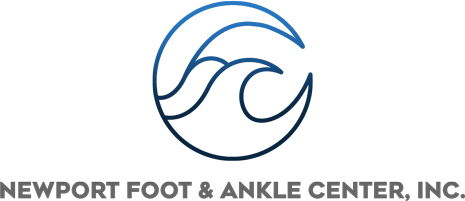REGENERATIVE MEDICINE
The term “regenerative medicine” refers to the type of medical care that is provided through the use of engineered tissue to restore normal function. There is a wide variety of regenerative medicine types, and in the right hands, many are viable alternatives to undergoing surgical correction of some foot and ankle conditions.
At Newport Foot & Ankle Center, Dr. Haupt performs only the most state-of-the-art techniques that are backed by researched and successful outcomes for patients. Regenerative medicine techniques have shown success in the treatment of a variety of foot and ankle concerns, including plantar fasciitis, Achilles tendonitis, and Jones fractures.
Types of Treatments
Amniotic Tissue: Placental tissues can contain incredibly vital growth factors and other components that are extremely useful in tissue regeneration – especially in people who experience otherwise poor wound healing, which can often be the case in those who suffer from diabetic foot complications. The latest advances in regenerative medicine have made the commercial availability of amniotic tissue a promising reality for many physicians to use in the clinical setting.
Stem Cell Therapy: This regenerative medicine type is delivered simply via injection using the healing power of stem cells, either obtained through an individual’s own bone marrow or harvested via donor cells. Stem cell therapy is a promising option for people with arthritis or other tendons, ligament, or cartilage injuries.
Platelet-Rich Plasma (PRP): Using a patient’s own blood, which is spun down and separated, PRP is designed to promote natural healing of damaged tissue. The spin-down process of blood allows for the separation of a highly concentrated amount of rich platelet cells which are crucial for healing. PRP is a common treatment type for many athletes.
Skin Grafts: Skin grafting is a technique involved in the repair of the damaged or diseased foot or ankle tissue. It includes the surgical removal of healthy skin from one part of the body and replacing it on the damaged or affected area. This type of regenerative medicine procedure is especially useful in situations where a diabetic foot condition has created a large wound that isn’t healing. Skin grafting helps to address the injury using the patient’s tissue, while also helping to reduce the risk of infection if the wound is left untreated.
If you or someone you know is interested in exploring regenerative medicine options for a foot or ankle condition, contact us today. With a breadth of experience in regenerative medicine treatments, Dr. Haupt and his expert team are here to help.


